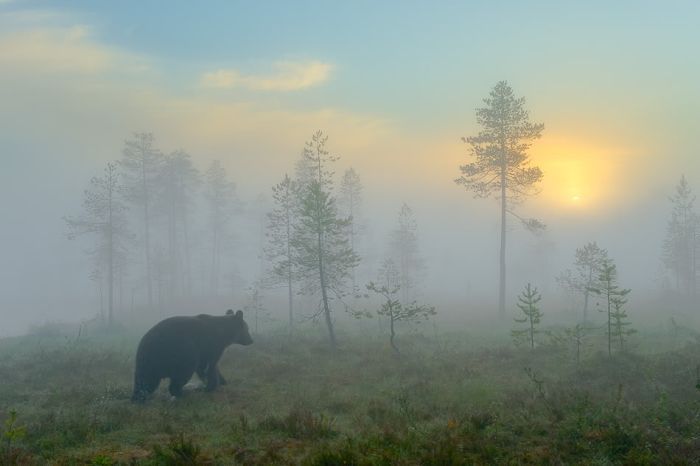|
|
Bear's Life
|
• Roaring: used much for the same reasons as growls and also to proclaim territory and for intimidation.
Diet and interspecific interactions
Their carnivorous reputation non-withstanding, most bears have adopted a diet of more plant than animal matter and are completely opportunistic omnivores. Some bears will climb trees in order to obtain mast (edible vegatative or reproductive parts such as acorns); smaller species which are more able to climb include a greater amount of this in their diet. Such masts can be very important to the diet of these species, and mast failures may result in long range movements by bears looking for alternate sources of food. One exception is the polar bear, which has adopted a diet mainly of marine mammals to survive in the Arctic. The other exception is the giant panda which has adopted a diet mainly of bamboo. Stable isotope analysis of the extinct giant short-faced bear (Arctodus simus) shows that it was also an exclusive meat eater, probably a scavenger. The sloth bear, though not as specialized as the previous two species, has lost several front teeth usually seen in bears and developed a long, suctioning tongue in order to feed on the ants, termites and other burrowing insects that they favour. At certain times of the year these insects can make up 90% of their diet. All bears will feed on any food source that becomes available, and the nature of that varies seasonally. A study of Asiatic black bears in Taiwan found that they would consume large numbers of acorns when they were most common, and switch to ungulates in other times of the year.
|
|









